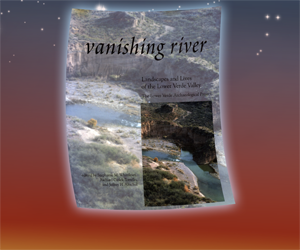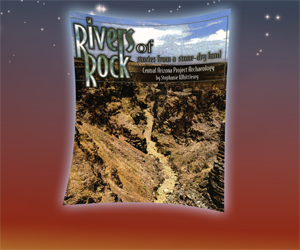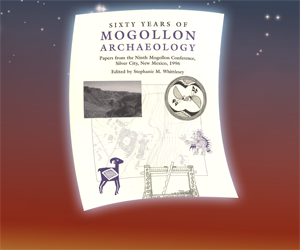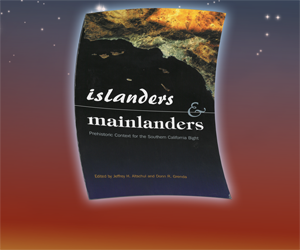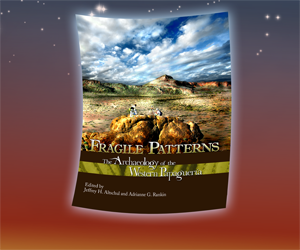Archaeological Sites and Chronology
People in a Changing Land: The Archaeology and History of the Ballona in Los Angeles, California, Volume 2
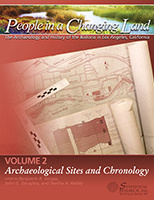
Edited by Benjamin R. Vargas, John G. Douglass, and Seetha N. Reddy
Donn R. Grenda, Richard Ciolek-Torello, and Jeffrey H. Altschul, series editors
Technical Series 94, Volume 2
510 pp. / 2016
The second volume in the Playa Vista Archaeological and Historical Project (PVAHP) series presents the project methods and approach for archaeological testing and data recovery of sites in the Ballona, a former wetlands in west Los Angeles. The three-decade research effort places the PVAHP among the largest, most rigorously studied archaeological projects in the Los Angeles Basin. This volume offers detailed information on the archaeological background to the project, the methods and results of the chronometric analysis of over 200 radiocarbon dates from sites in the Ballona, and detailed, site-by-site descriptions and analysis of work accomplished, including detailed midden-constituent analysis and feature typological analysis. We also present the results of chronostratigraphic reconstruction for the excavated sites subject to data recovery.
The excavations revealed that the Ballona was occupied by Native Californians for more than 8,000 years, from the Paleocoastal through Rancho periods and was further used and developed during the early- and mid-twentieth century. Although industrial development in the project area was built around and on top of archaeological sites, ironically, this development helped preserve some of the most interesting archaeology of west Los Angeles. The numerous large-scale data recovery excavations yielded large data sets for the sites with complex temporal and spatial contexts, which are all analyzed and described in this volume in relation to the chronostratigraphy. These data bear on one of the prime research themes of the PVAHP: the dynamic relationship between humans and wetland environments through time. This relationship is characterized by stability and change in subsistence, economy, and ritual of Native Americans in the region, including the Gabrielino/Tongva. Some of the most intense, and perhaps most interesting, changes in the archaeological record in the Ballona occur at the beginning and end of the Intermediate period (ca. 3000–1000 cal b.p.) and during the Mission period (a.d. 1769–1834).

